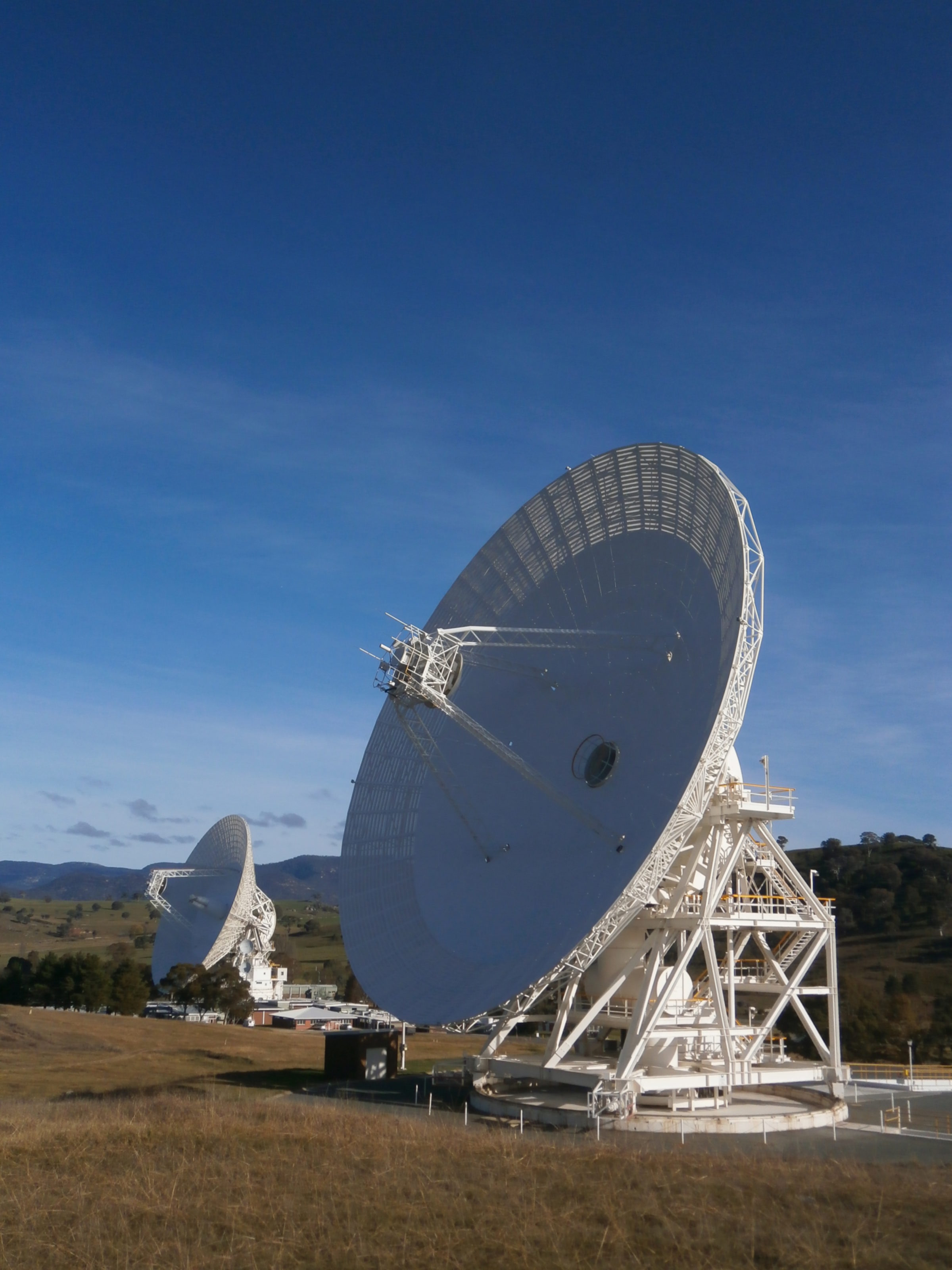Srinivas Laxman • Sep 16, 2014
Mars Orbiter Mission prepares for Mars arrival
The countdown for the crucial and nerve-wracking Mars orbit insertion of India's Mars Orbiter Mission (MOM) on September 24 has kicked off. At ISRO's telemetry, tracking and command network (ISTRAC) in Bangalore, the mood among the scientists is right now a mixture of optimism, excitement, and nervous apprehension.
On September 15 at the auditorium of the Mars mission command and control centre at ISTRAC, some of the key players of this mission addressed the media about the sequence of events leading to the orbit insertion. Orbit insertion will take place 48 hours after NASA's Mars Atmosphere And Volatile Evolution Mission (MAVEN) enters the orbit of the Red Planet on September 22.
ISRO's scientific secretary, V. Koteswara Rao, explained with a detailed power point presentation that on September 24, the insertion exercise will begin at T-3 hours at 4:17 a.m. when MOM will switch over to the medium gain antenna. At 6:56 a.m., 21 minutes prior to the start of the maneuver there spacecraft will rotate forward to point its engine.
Editor's note: all these times are India Standard Time, which is 5.5 hours ahead of UTC and 12.5 hours ahead of California. They are also Spacecraft Event Time, which does not account for the 12.5 minutes it will take for signals to reach Earth. Read this blog entry for a timeline in Earth Received Time for some common time zones. --ESL
The nail-biting moment will be at 7:17 a.m. The burn of the liquid apogee motor has to start and reduce the spacecraft's speed relative to Mars from 22.3 to 4.2 kilometers per second. It has to awaken after "sleeping" for 300 days. The scientists are hoping that it will revive autonomously responding to the commands which were uploaded on September 14 and 15. What is making the scientists nervous is that the burn will begin on the other side of the Red Planet and telemetry will stop at 7:22 a.m. They will receive confirmation that it has "woken up" only at 7:30 a.m. If the signal is positive it will be a moment for celebration. The engine will stop burning at 7:41 a.m. and communication with the spacecraft will be re-established at 7:47 a.m. This is called Plan A and if it is successful, it will be declared at about 8:15 a.m.
The liquid apogee motor will burn for 24 minutes and 14 seconds, consuming 249.5 kilograms of propellant. If everything goes off without a hitch, MOM's orbit around Mars will be an ellipse ranging between 423 and 80,000 kilometers from the surface.

As with most global missions to the Red Planet there is a degree of uncertainty. What if Plan A does not work and the liquid apogee motor fails to "wake up?" To assess the state of the liquid apogee motor, it will be test fired for four seconds on September 22. This will be done along with a trajectory correction maneuver already planned for that day. On the same day MOM will enter the Mars sphere of influence too.
Koteswara Rao said that if the liquid apogee motor fails, Plan B will be implemented: using only the spacecraft’s eight 22-Newton thrusters. He acknowledged that this will definitely not be a satisfactory scenario because it will result in the consumption of all the spacecraft’s fuel. What is worse, the orbit will not be a good one for science. Asked if the implementation of Plan B will mean compromising on the science profile of the mission, he diplomatically responded that "some science you may lose, some science you may gain."
But MOM project director Subbiah Arunan expressed confidence that the motor will not play spoilsport, because during the rigorous tests and simulations it underwent for prolonged periods it operated without a hitch.
This is a rare case when two Mars spacecraft will be arriving almost simultaneously—MOM and MAVEN. To ensure complete co-ordination NASA and ISRO scientists have been constantly in touch through teleconferencing. Arunan said that about 250 NASA workers will be at their stations at the Goldstone and Canberra Deep Space Network stations to monitor MOM’s Mars orbit insertion on September 24.
In addition, Arunan said that four 70-meter dish antennas—two each at Goldstone and Canberra—have been dedicated to MOM's orbit insertion on September 24. He said that the first signal of the status of the orbit insertion will be acquired by the Canberra Deep Space Network, which will be flashed to the Mars mission command and control centre at Bangalore.

While scientists at the Mars mission command and control centre are gearing up for MOM's entry to the Red Planet, the Indian Space Science Data Centre is also preparing for the historic occasion. The Centre is a part of ISTRAC located in the campus of the Indian Deep Space Network at Byalalu off the Bangalore-Mysore highway.
J. D. Rao, general manager of the Indian Space Science Data Centre, said that data from the five payloads from MOM will be acquired and then processed, stored, archived and disseminated by this unit. He said that data from the payloads will arrive simultaneously at a rate of four kilobits per second. "For further processing and analysis it will be sent to the principal investigators," he said, while pointing out that it was his responsibility to archive the data for a long period, which he described as quite a challenge.
The scientists at the centre are looking forward to receiving the first picture from MOM’s colour camera----this will be an emotional moment!

Support our core enterprises
Your support powers our mission to explore worlds, find life, and defend Earth. You make all the difference when you make a gift. Give today!
Donate

 Explore Worlds
Explore Worlds Find Life
Find Life Defend Earth
Defend Earth


